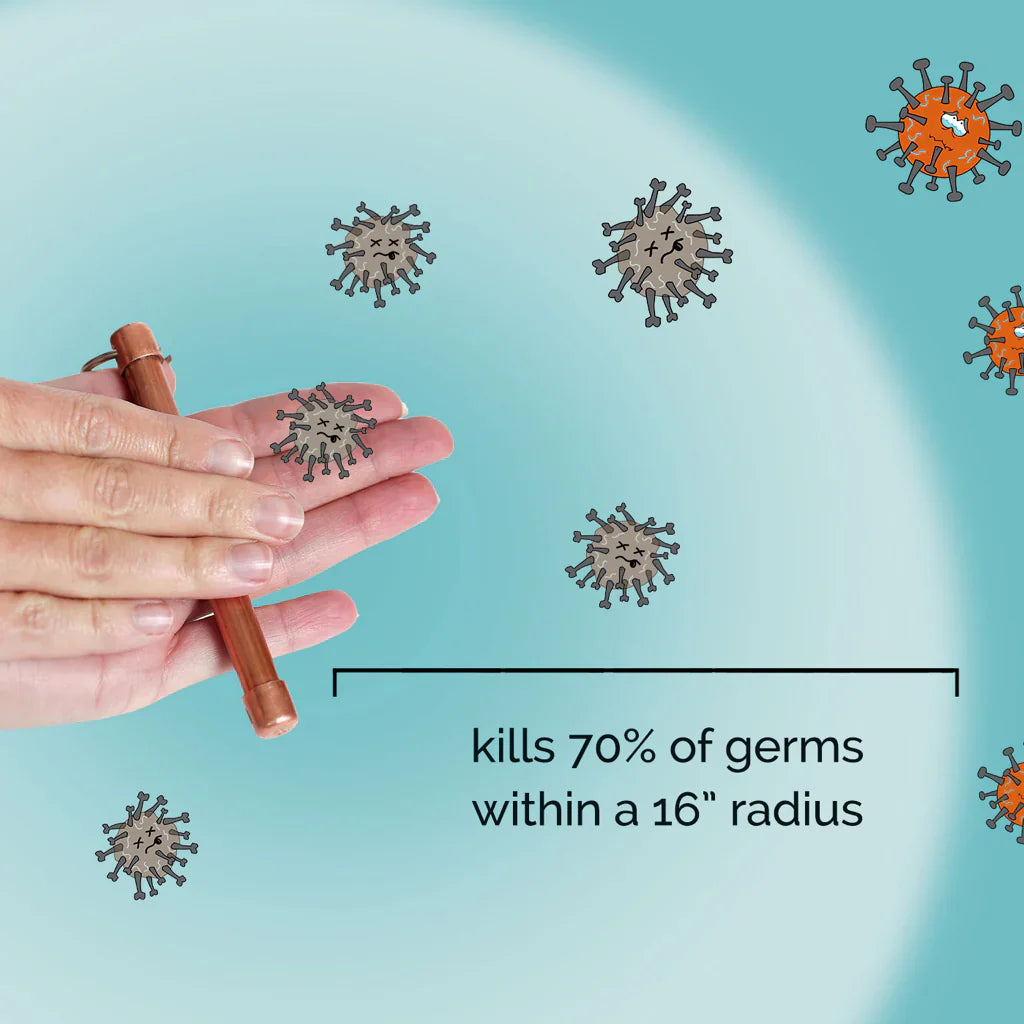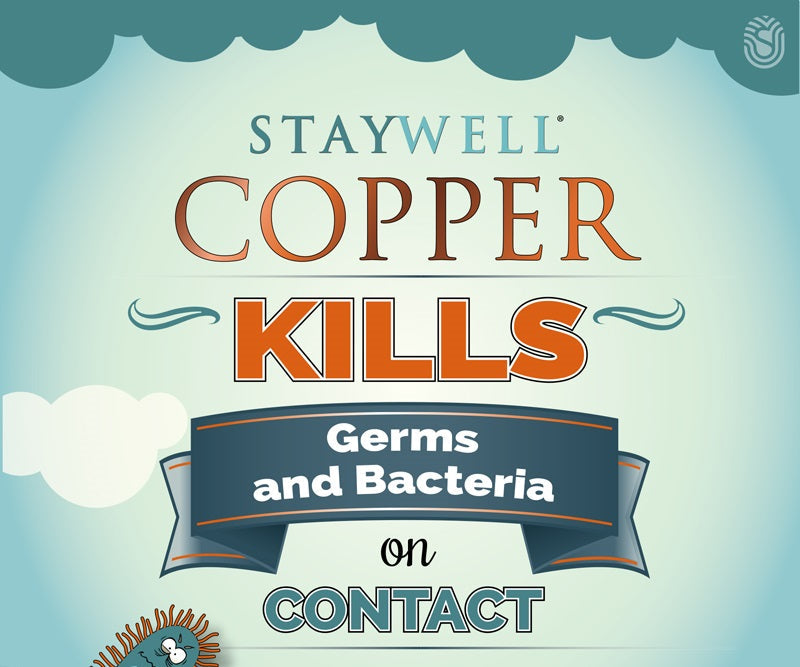Copper has a fascinating history, stretching back thousands of years, where its antimicrobial properties were harnessed long before the advent of modern science. As we look for safer, more natural alternatives to harmful chemicals in our quest for a cleaner environment, copper stands out as a time-tested hero. Let's delve into the rich history of copper and uncover why it remains a powerful antimicrobial agent today.
Ancient Uses of Copper
Early Civilizations
The story of copper begins with ancient civilizations such as the Egyptians, Greeks, and Romans. These early societies recognized the unique properties of copper and used it extensively for medicinal purposes. For instance, the ancient Egyptians used copper to sterilize water and heal wounds. They stored water in copper vessels, and by doing so, they were unknowingly harnessing copper’s antimicrobial properties to prevent disease.
The Greeks and Romans followed suit, using copper to treat various ailments. Hippocrates, the father of modern medicine, documented the use of copper to treat leg ulcers around 400 B.C. Similarly, the Romans used copper compounds to preserve food and water, highlighting its role in everyday health and hygiene.
Copper in Traditional Medicine
Copper's journey continued in traditional medicine systems like Ayurveda. In Ayurvedic practices, copper vessels were used to store and purify water, a practice still followed in many parts of India today. The ancient wisdom that supported these practices has now found backing in modern science, proving that our ancestors were on the right track.
Rediscovery in Modern Times
Scientific Validation
Fast forward to the modern era, where scientific research has validated the antimicrobial properties of copper. Studies have shown that copper surfaces can kill bacteria, viruses, and fungi within hours. The mechanism is fascinating: copper ions disrupt the cell membranes of microbes, leading to their death. This has been demonstrated in various studies, including those showing copper’s effectiveness against pathogens like MRSA (methicillin-resistant Staphylococcus aureus) and E. coli.
One personal anecdote from the ebook details how a healthcare professional noticed a significant drop in infection rates after implementing copper surfaces in a hospital. This real-world application underscores the scientific findings and the practical benefits of copper in combating germs.
Modern Applications
Today, copper is widely used in healthcare settings to reduce the spread of infections. Hospitals and clinics install copper surfaces on frequently touched areas, such as doorknobs, bed rails, and IV stands. These applications are not limited to healthcare; they extend to public spaces, homes, and workplaces.
Innovations continue to emerge, such as antimicrobial copper coatings for everyday items. Products like copper-infused phone patches and hand rollers offer practical, everyday solutions to reduce germ transmission. These innovations are backed by the same principles our ancestors understood, now supported by modern science.
Copper vs. Harmful Chemicals
Safety and Efficacy
Copper's safety and efficacy as an antimicrobial agent make it an attractive alternative to chemical disinfectants. Unlike many chemical disinfectants that can be harmful to humans and the environment, copper is non-toxic and poses no significant health risks. Its natural properties make it a sustainable choice for long-term use.
Environmental Impact
The environmental benefits of copper are significant. Chemical disinfectants often leave residues that can harm the environment, but copper is a recyclable material that can be reused without losing its antimicrobial properties. By choosing copper, we reduce our reliance on harmful chemicals and contribute to a cleaner, greener planet.
Practical Applications for Everyday Use
Household Products
Copper's practical applications extend to household products. Imagine having copper-infused door handles, kitchenware, and phone cases. These items can reduce the spread of germs in the home, providing an added layer of protection for your family. The antimicrobial properties of copper ensure that these surfaces remain relatively free of harmful microbes, making your home a safer place.
Personal Health and Hygiene
Copper-infused fabrics and personal care items are becoming increasingly popular. From copper socks to face masks, these products offer health benefits by leveraging copper’s antimicrobial properties. Incorporating copper into daily routines can help reduce the risk of infections and promote overall well-being.
Case Studies and Success Stories
Healthcare Institutions
Numerous case studies highlight the success of copper in reducing infection rates in healthcare settings. One notable example from the ebook is the story of a hospital that experienced a dramatic decrease in MRSA infections after installing copper bed rails and IV stands. This success story is a testament to copper's effectiveness and its potential to revolutionize infection control in medical facilities.
Consumer Testimonials
Consumers have also shared positive experiences with copper products. One parent mentioned in the ebook recounted how switching to copper-infused face masks significantly reduced the incidence of colds in their household. Such testimonials reinforce the practical benefits of copper in everyday life.
Conclusion
The history of copper as an antimicrobial agent is a testament to its enduring power and relevance. From ancient civilizations to modern applications, copper has proven to be a safe, effective, and environmentally friendly alternative to harmful chemicals. As we continue to seek natural solutions for germ control, copper stands out as a shining example of ancient wisdom validated by modern science.
By embracing copper, we not only protect our health but also contribute to a sustainable future. So, the next time you’re looking for a way to keep your environment germ-free, consider the timeless power of copper – a natural hero in our fight against harmful microbes.
Shop StayWell Copper's germ-fighting, antimicrobial products today!



